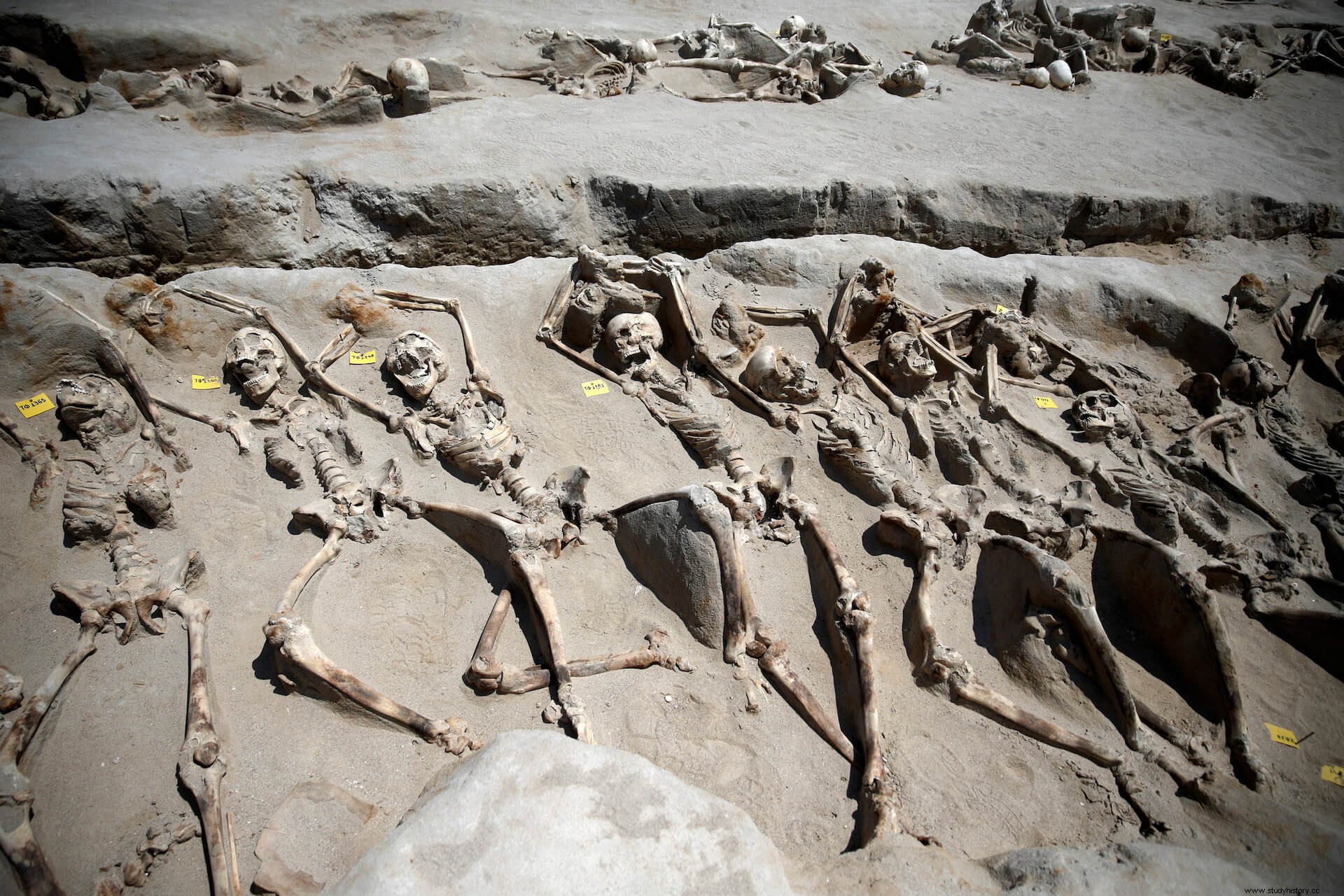
The episode occurred in 632 BC. C. Cylon , son-in-law of the tyrant Theagenes of Megara, a city very close to the capital of Attica, had become a prestigious character for his victory at Olympia. Herodotus (V, 71) and Thucydides (I, 126, 8-11) speak of his adventure. With the support of the Megarians, he and his men made themselves strong on the top of the Acropolis with the aim of imposing tyranny. However, the resistance of the inhabitants of the city was tenacious. Probably because they considered it a tremendous offense for their neighbors, of Dorian stock, to enter that sacred place. Without water or food to withstand the siege, the would-be tyrant fled with his brother. The rest of the assailants, punished by hunger, took refuge like supplicants at the foot of an altar on the hill. However, the Athenians made them abandon their position with false promises and executed the Cylonids, thus violating the immunity of the sacred precinct. The person responsible for the sacrilegious act, according to Plutarch, was the archon Megacles, a member of the Alcmaeonid lineage, who has been tainted ever since (Life of Solon , XI, 2).
The Athenians, aware of the outrage, were willing to repair the enormous affront perpetrated against the immortal gods. Solón convinced the inhabitants of the city so that those responsible were tried before 300 judges. The expulsion from Attica of all those who had taken part in the murders of the Cylonids was decreed. Those who had died by then were unearthed and their bodies dumped outside the borders of the region. But the stain was so deep that a collective purification ceremony was carried out at the request of the Delphic Pythia. For this, Epimenides of Crete was called, a sage whose profile is in connection with certain types of shamanic experiences observed in the Greek world. The old man came and purified the city in the forty-sixth Olympiad. For this he took some black and white sheep and led them to the hill of Ares, the Areopagus. He let them graze freely and, after a while, he ordered his assistants to execute them where they were resting to offer them to the corresponding divinity (I, 110).
In April 2016 the Greek Ministry of Culture announced a startling archaeological find . During the emergency excavation carried out on the site where the Cultural Center of the Stavros Niarchos Foundation was to be built, in Falero Bay, south of Athens, next to the old port, a team led by Stella Chrysoulaki found eighty skeletons, heaped together, jaws open and groaning. His hands were chained over his skull. The remains correspond to men of strong complexion, the condition of their teeth was excellent and they did not present fractures. The fact that one of them had an arrowhead embedded in his shoulder and another still had his feet bound was interpreted by archaeologists as a possible sign of capture. In the mass grave, which was found at a depth of two and a half meters, two oenochoes were also found, which has allowed it to be dated with a certain approximation between the years 650 and 625 BC, so the researchers did not hesitate to point to the remains of the Cylonids.
